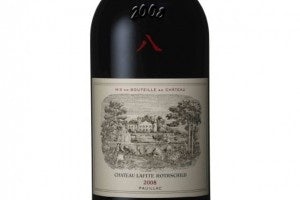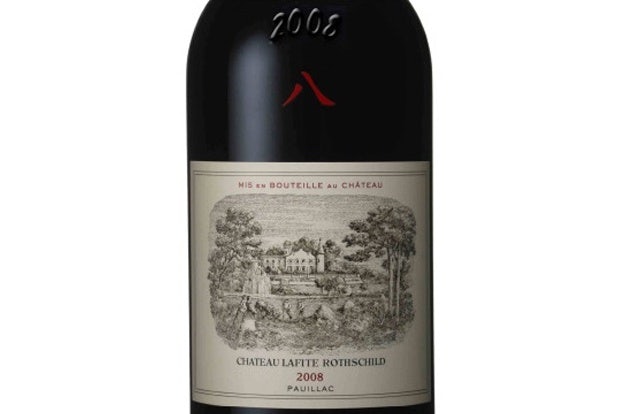Burgeoning Wine Aficionados Prefer Labels Simple And Traditional#

Looking to take advantage of China's growing interest in wine, in recent years we've seen major winemakers like Mouton Rothschild and Chateau Lafite create special labels designed to catch the eyes of Chinese buyers, with the former commissioning artist Xu Lei for a label back in 2010 and Lafite imprinting its 2008 vintage with the Chinese character for “eight.” Often starting off at a relatively low level of wine awareness compared to their counterparts in Japan, Hong Kong or Europe, mainland Chinese wine buyers -- the thinking goes -- will be drawn more to the label (and the price tag) on the bottle than the liquid inside.
According to the new China Label Report by Wine Intelligence, however, winemakers have to walk a fine line to attract the eyes of China's wine drinker, as these individuals learn more about wine itself while gradually become more open to stylized labels.
For its new report, Wine Intelligence and wine label designers Amphora tested reactions to eight label styles via interviews with 40 upper-middle-class Chinese consumers in Beijing and Shanghai who self-identified as regular drinkers of imported wine. According to the report, the "overriding need among consumers was for reassurance," which generally corresponded with consumer perceptions of how "sophisticated and traditional" the labels appeared. Respondents were more cautious towards more modern labeling, with some struggling to understand the wine terms printed on the bottles.
Still, Wine Intelligence noted that a middle ground appears possible for winemakers, as "elegant contemporary" designs, which displayed both traditional, simple cues like line drawings and landscapes with more white space and modern typefaces, proved popular in the study.
According to report author Jenny Li, “The key thing to understand about wine labeling in China is the importance of the initial visual impression. This is a culture that is closely tuned to visual symbols, and in any case the wording on the front label is often unintelligible to all but the most sophisticated wine consumer.”
